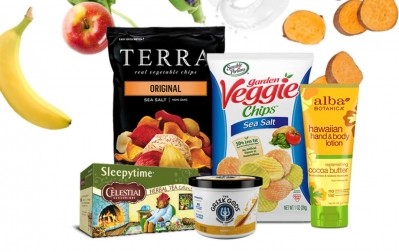Mondelez reactivates ‘COVID playbook,’ warns of ‘waves’ of price hikes to manage inventory, offset inflation

Rising inflation and delayed effects from pricing also will dampen results in the first half of the year, executives cautioned during the company’s fourth quarter earnings call Jan. 27, but they added as the company rebuilds inventory, and price increases go into effect over the course of the year, they expect performance to improve
“Like other companies, we are experiencing cost inflation globally, particularly on transportation costs, dairy, edible oils and packaging,” which, in percentage terms, likely will increase to high single digits versus 2021, CEO Dirk Van de Put told analysts during the company’s fourth quarter call Jan. 27.
But, he said, the company is taking action to minimize commodity pressure, which it expects to be most acute in the first half of the year, including by passing higher costs on to consumers as appropriate. This includes a material increase that went into effect in North America the beginning of January, and could include additional “multiple pricing waves.”
The company also is significantly hedged across key commodities at about 70%, which CFO Luca Zaramela said is in line with last year and higher than historical levels.
“Over time, what we have done is we have moved the needle up in terms of going longer because, obviously, that gives us the opportunity at the low levels to buy more. And so we have the opportunity to sit back and wait until the situation evolves,” he explained.
He added that he isn’t particularly worried about the remaining 30% at this point, but acknowledges “there are parts where there still might be pressure,” such as coming out of dairy currently, and in those cases “we will have to consider additional pricing for that in some places.”
Labor challenges slow efforts to rebuild low inventory
Less predictable to manage are ongoing labor challenges, which are magnified by omicron and compound inventory declines related to a strike in the US in the third quarter, Van de Put said.
“We also continue to manage through significant volatility in the supply chain due to labor shortages at third-parties as well as continuing gap between demand and supply of trucking capacity in containers in places like the US and the UK,” he explained.
“In addition, the US strike in Q3, although resolved, impacted our production output and inventory levels in the quarter,” he said, noting that the company was able to minimize and delay related shortages in the third quarter by building up inventory prior to the strike.
Finally, he said, “the rise of Omicron variant is driving high levels of absenteeism in certain markets while limiting recovery mobility.”
In response, he said, “we are focused on reactivating part of our COVID playbook from the early pandemic days and also looking to further simplify our operations to offset this pressure. And although challenging, we are managing effectively through each of these dynamics.”
While these strategies are effective, as illustrated by the company’s 4.9% net revenues increase in the fourth quarter and 8% increase for fiscal 2021, which helped boost full year earnings per share 23.1% to $3.04 from $2.87, they also take time and therefore won’t be as visible in 2022 until the back half of the year, Zarmella said.
He explained that as pricing takes effect in the first half of the year it will become a larger top line contributor in the back half of the year than in previous years. But, he added, he also expects volume growth to be a positive factor, which will become possible once inventories are rebuilt.
Ultimately, he said, “for the year, we expect mid-single-digit to high dollar growth and high single-digit EPS growth.”
Further, he said, “we expect improved year-over-year gross profit dollar growth as pricing is fully realized and as we implement additional RGM strategies. But, we do still expect some pressure in Q1 and partially in Q2. For Q1 specifically, we still expect to face larger supply chain headwinds in North America related to third-party partners and low inventory from last year's strike that should improve as the year progresses.”

















